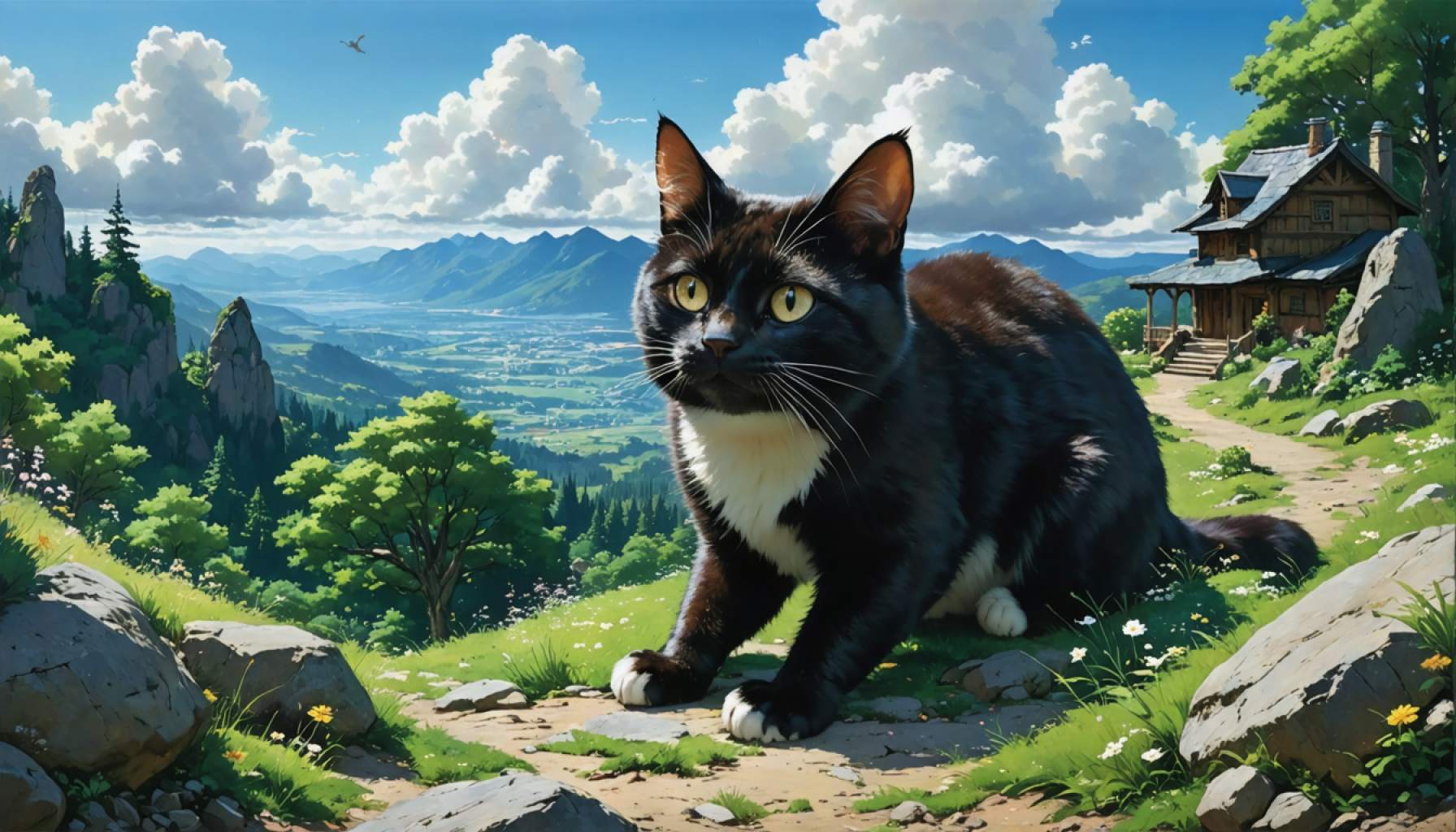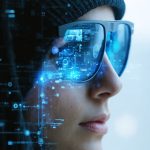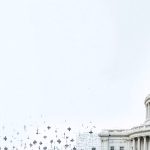
The Enchanting but Controversial World of AI-Generated Ghibli Art
- AI-generated Ghibli-style images enchant social media, inspired by Studio Ghibli’s animation style, blending magical realism with modern technology.
- High-profile figures, including Elon Musk, contribute to the popularity of these visuals, heightening their reach and allure.
- Concerns arise over privacy and data misuse, as AI tools require personal images, raising issues of consent and data protection.
- Proton and cybersecurity experts warn of potential data breaches and the immutable risk to individuals’ facial identities.
- The legal implications are uncertain, with AI-generated works navigating complex intellectual property landscapes.
- Hayao Miyazaki criticizes AI-generated art, highlighting tensions between digital innovation and human artistry.
- Balancing innovation with ethical responsibility is essential to protect individual rights while embracing technological advances.
An enchanting new trend has captivated the digital world, as AI-generated Ghibli-style images transform social media into a realm of dreamlike wonder. Inspired by the illustrious animation style of Studio Ghibli, these surreal visuals have found their way into the feeds of millions, turning mundane moments into fantastical scenes reminiscent of Hayao Miyazaki’s masterpieces.
It’s not just ordinary users joining in the creative reverie. High-profile figures like Elon Musk have shared their own Ghibli-styled images, sparking a sense of magical realism mingled with modern technology. But as the flood of these AI creations continues to mesmerize, a surge of concern rises alongside.
Behind the enchanting visuals lies a digital storm. Privacy experts and digital rights activists warn of the potential misuse of personal data, which AI tools like those offered by OpenAI need to generate these artworks. Each uploaded photograph inadvertently feeds vast datasets, raising alarms about consent and personal data protection.
The risks are more than theoretical. Proton, a staunch advocate for online privacy, warns users about the peril of data breaches. Once personal images are shared with AI, the original owner often loses control over how they might be manipulated or stored. These photos could end up being used for anything from malformed digital art to targeted advertising, or even fall into the wrong hands entirely.
Remarkably, the simplicity and allure of transforming personal photos into Ghibli-esque images have driven a huge wave of enthusiasm, yet this acts as a double-edged sword. Cybersecurity experts emphasize that facial identities, unlike traditional passwords, cannot be changed if compromised, posing a permanent yet unseen threat.
The legal landscape, too, is fraught with uncertainty. While the unique style of Studio Ghibli isn’t protected under current copyright laws, specific elements of AI-generated images that mirror original artwork could stumble into legal gray areas. Studios and creators are left navigating a tricky terrain where inspiration meets intellectual property.
Adding a poignant twist, Studio Ghibli co-founder Hayao Miyazaki, known for his staunch views against AI-created art, has declared these creations an affront to human emotion and artistry. His ire toward these synthetic visions serves as a reflective pause amid the rush towards digital innovation.
The allure of Ghibli-style AI art is undeniable, weaving magic into the digital tapestry of the internet. However, as technology advances and the boundaries of artistic creation blur, it is crucial to be vigilant and aware. The key takeaway is clear: while AI opens doors to new wonders, it also demands responsible stewardship to safeguard privacy and respect intellectual heritage. Only then can we enjoy the art of tomorrow without forsaking the rights and dignity of individuals today.
The Magic and Mischief of AI-Generated Ghibli Art: What You Need to Know
The Rise of AI in Art: A Cultural and Technological Phenomenon
The surge of AI-generated Ghibli-style images sweeping across social media platforms is more than a whimsical trend. It reflects a deeper interplay between technology and culture. Inspired by the intricate and enchanting world of Studio Ghibli, these AI creations capture imaginations but also spark essential conversations around data privacy, intellectual property, and the future of creative expression.
How AI Transforms Ordinary Images into Ghibli-Style Wonders
1. Understanding AI Art Generators: Tools like DALL-E by OpenAI use advanced algorithms to generate art based on inputs. Users can upload photographs or descriptions, and the AI processes these to output images in Ghibli’s distinctive style.
2. Step-by-Step Process:
– Upload an Image: Choose or take a personal photo to transform.
– Choose Style Parameters: Select the desired stylistic features to emulate the Ghibli look.
– Generate and Download: Once processed, the AI provides a downloadable image that you can share or use.
3. Life Hack: Explore free or demo versions of popular AI art tools to see the magic without upfront costs.
Real-World Applications and Implications
Use Cases Beyond Social Media:
– Marketing and Branding: Businesses tap into AI art to create unique marketing materials that capture attention and evoke emotion.
– Digital Storytelling: Authors and content creators use AI art to build immersive narratives and illustrate fantasy worlds.
Emerging Industry Trends:
– Creative AI Market Growth: According to a report by MarketsandMarkets, the AI art generator market is poised for significant growth, emphasizing its increasing role in various industries, from entertainment to advertising.
Common Concerns About AI Art
Privacy and Data Security:
– Risk Awareness: Once a photo is shared with an AI tool, users lose control over its use. Experts like those at Proton caution that these images may end up being used for digital manipulation or unauthorized commercial gain.
– Cybersecurity Measures: Updating privacy settings and using secure apps can reduce the risk of unauthorized access.
Legal and Ethical Considerations:
– Copyright Conundrums: As AI-generated art becomes more sophisticated, distinguishing between inspiration and infringement becomes challenging. Legal experts urge users to advocate for clearer intellectual property guidelines.
– Ethical Artistry: Echoing the sentiments of Hayao Miyazaki, there is growing debate about the emotional authenticity of AI art and its impact on traditional human-driven creativity.
Expert Insights and Predictions
– Mixed Receptions: Artists and technologists, like Jaron Lanier, suggest cautious optimism, encouraging explorations in AI art while advocating for human oversight.
– Future Developments: Integration of AI art in virtual reality and metaverse platforms may redefine digital interaction and even education, offering immersive learning experiences.
Conclusion: Embrace Innovation Responsibly
The enchantment of AI-powered Ghibli art is undeniable, yet it demands a balanced approach. Users should:
– Regularly review privacy settings and understand terms of service in AI applications.
– Advocate for clearer legal frameworks surrounding AI-generated content.
– Balance the use of AI with appreciation for traditional forms of art, fostering an environment where both forms can inspire and coexist.
Quick Tips for Safe AI Art Exploration
– Start Small: Experiment with free tools before committing to premium versions.
– Stay Informed: Follow cybersecurity blogs and keep abreast of the latest AI privacy advancements.
– Respect Originals: Always give credit to sources and seek permission when using AI-generated images for commercial purposes.
For more about responsible technology use and privacy protection, visit Proton’s website.















